The Ministry of Industry and Trade is seeking opinions to submit to the Government a roadmap for the application of biofuels, with the goal of switching to E10 biofuel nationwide. In particular, the use of E10 gasoline (mixing 10% ethanol into mineral gasoline) is expected to be applied from January 1, 2026.
Starting from August 1, the two largest petroleum companies in the country, the Vietnam National Petroleum Group ( Petrolimex ) and the Vietnam Oil Corporation (PV Oil), said they will pilot the sale of E10 gasoline in Ho Chi Minh City, Hanoi and Hai Phong.
How does the world apply?
In many countries, E10 gasoline is considered an important stepping stone in the transition from fossil fuels to cleaner energy sources. The US, EU, Thailand, Brazil... have all commonly used E10 gasoline for many years.
Brazil has been a leader in the national ethanol blending program since 1975, using ethanol produced from sugarcane to blend into gasoline at a rate of 20%, and even up to 85% for use in the transportation industry. From August, Brazil will increase the ethanol blending rate in gasoline from 27% (E27) to 30% (E30) and make it mandatory nationwide, according to Reuters.
In the US, the country began experimenting with the use of alcohol-mixed gasoline in 1976 after the 1973 energy crisis. Since 1978, the US has had a policy of prioritizing ethanol in fuel and using tax reduction measures on ethanol-mixed gasoline to encourage the development of the biofuel market.
Currently, gasoline consumed across the United States contains up to 10% ethanol, ethanol blends of 15, 20, 30% are recommended, some engine-modified vehicles can use E85, which means the ethanol blend is up to 85%.
In many European and American countries, biofuel has been used for many years and currently the minimum required ethanol ratio in gasoline is 10%.

Ethanol-blended gasoline options at a gas station in the US (Photo: Reuters).
In Southeast Asia, Thailand and the Philippines are the two pioneers in using ethanol-blended gasoline with a common rate of 10-15%. Thailand is one of the major ethanol producers in Southeast Asia. Thailand has been supplying ethanol as fuel since 2005, and currently mainly consumes E10 biofuel and encourages the use of E20 gasoline.
Currently, only ethanol-blended biofuel exists in Thailand. Consumers are forced to choose between different ethanol-blended gasolines, resulting in a 93% increase in biofuel consumption.
In the Philippines, this country has made it mandatory to use E5 biofuel since 2009 and E10 since 2011. The Philippines exempts tax on the biofuel blend and VAT exemptions on raw materials (sugarcane, cassava...) when used to produce biofuel. The Philippines is one of the largest ethanol importers in Asia.
What is different about E10 biofuel?
According to the biofuel handbook of the Ministry of Industry and Trade, the main raw material for bioethanol production in Vietnam today is dried cassava chips. Bioethanol is produced from the fermentation process of starch, molasses and other agricultural waste products.
Bio-fuel is denoted as Ex where x is the % volume of alcohol in the bio-fuel blending formula. E10 bio-fuel is a fuel containing 10% volume of bio-fuel and 90% volume of traditional gasoline.
The use of biofuel improves engine performance, reduces emissions, and benefits consumers and society. The process of using biofuel is very convenient, there is no need to adjust the engine when switching between biofuel and regular gasoline.
Because ethanol has an octane number (RON - Research Octane Number) as high as 109, when mixed with gasoline, it will help the fuel resist detonation better. In addition, ethanol contains more oxygen than regular gasoline, helping the combustion process in the engine to take place more thoroughly, increasing capacity, reducing fuel consumption, and at the same time minimizing the emission of toxic substances in engine exhaust.

Using E10 biofuel for motorbike engines in circulation, the engine has superior capacity compared to regular gasoline (Photo: Shutterstock).
Experimental studies evaluating the durability and lifespan of motorcycle and automobile engines show that the impact of E10 biofuel and traditional gasoline is quite similar, both within the allowable limits of noise and changes in lubricating oil properties.
However, E10 bio-gasoline has a more pronounced effect on the variation of compression pressure, power, fuel consumption, emissions, wear level as well as the quality of lubricating oil.
In summary, when using E10 bio-fuel for motorbikes in circulation, the engine can achieve higher power and save more fuel. In addition, E10 can be used with regular gasoline without adjusting the fuel system.
Authorities confirmed that E10 biofuel does not have much effect on steel parts but does affect aluminum alloy parts, plastic parts such as copper as well as coating materials.
With new car models, copper parts in the carburetor and some plastic parts have now been improved to be compatible with biofuel, so it is no longer a major weakness when using E10 gasoline.
However, rubber or soft material parts such as gaskets, seals, pipes, etc., if they do not ensure tightness or are not designed to withstand ethanol, should be replaced with specialized rubber that is more durable when exposed to ethanol-blended gasoline. In addition, E10 gasoline should not be used for vehicles that do not receive regular maintenance.
Source: https://dantri.com.vn/kinh-doanh/xang-e10-viet-nam-sap-trien-khai-toan-quoc-the-gioi-da-tien-xa-toi-dau-20250731022844316.htm



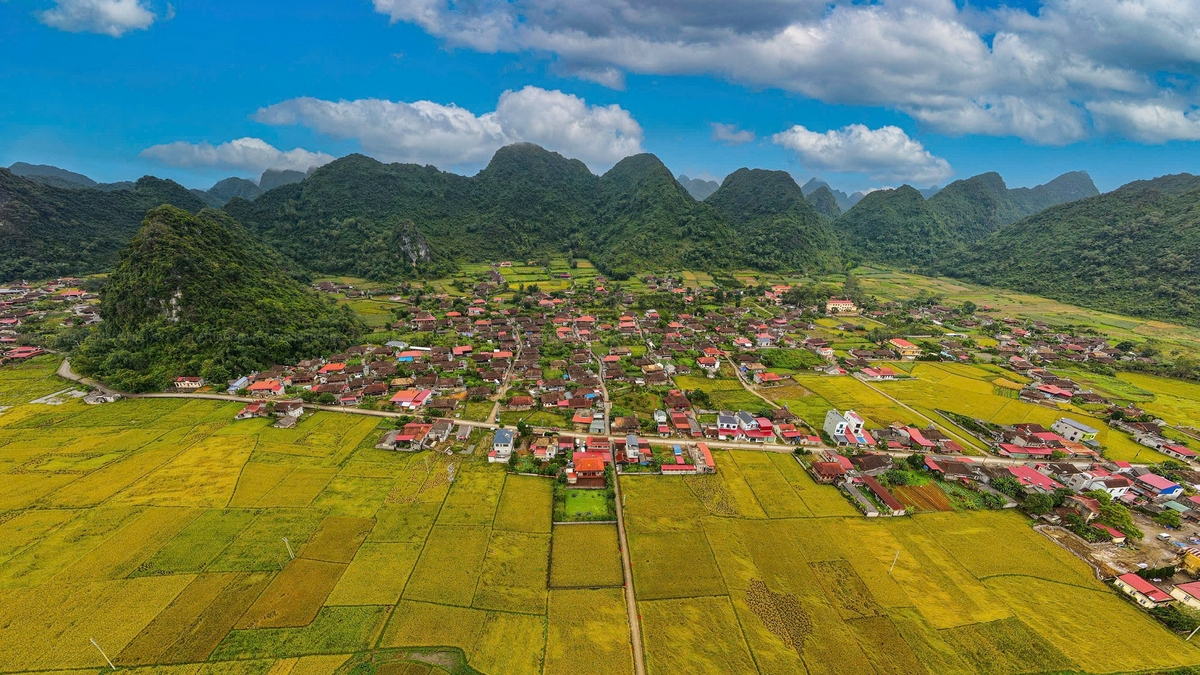


























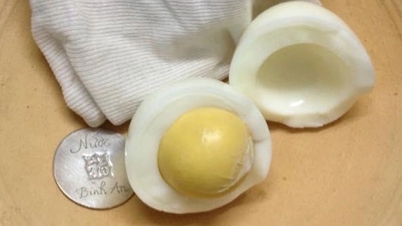



























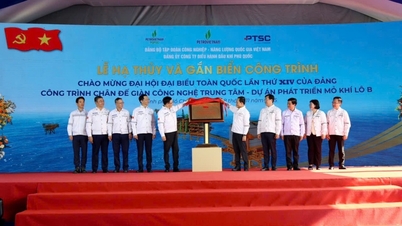














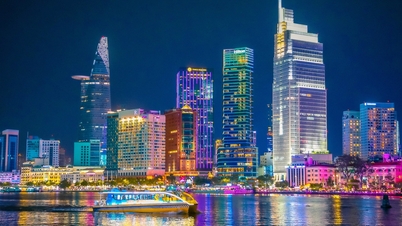


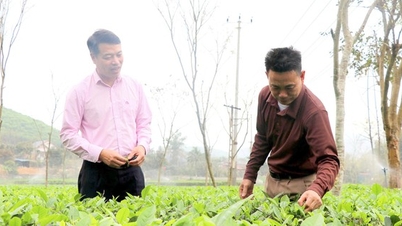

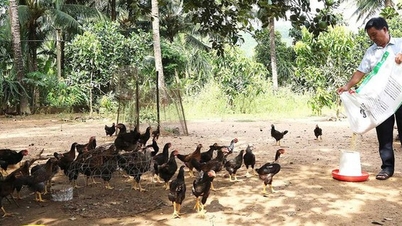



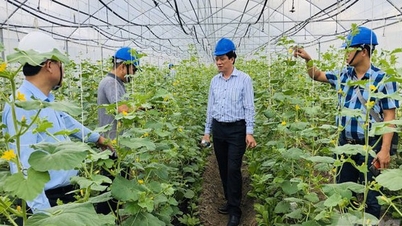




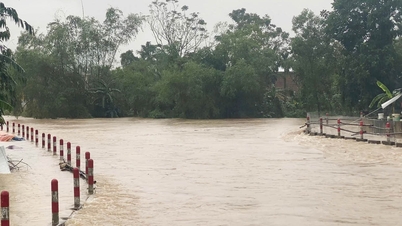


















Comment (0)